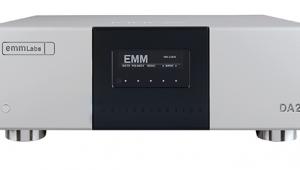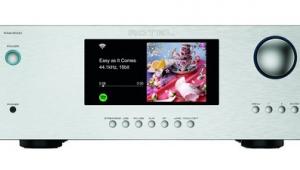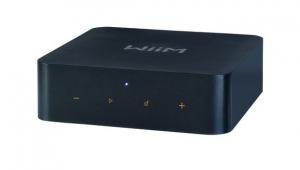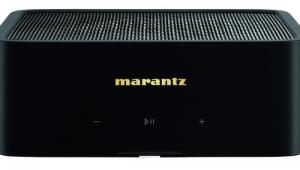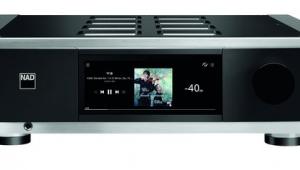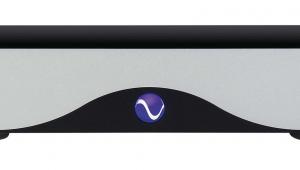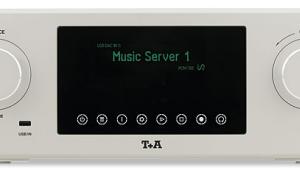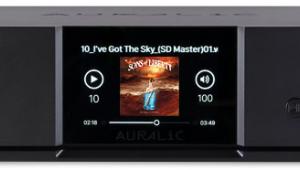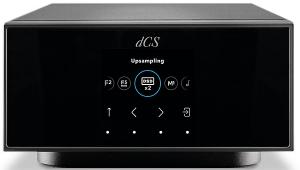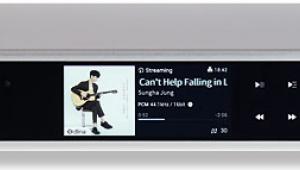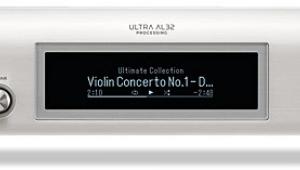Grimm Audio MU1 Music Library/Server Page 2
That exuberance apart, this begins to explain why the data from the AES3 digital outputs, which passes through this proprietary signal processing, can deliver better sound than that from the USB ports, which is derived directly from the Linux motherboard and has little or no advantage over audio from any other computer. That was borne out in our listening, however illogical it may seem to get a better sound from downsampled audio rather than a direct DSD feed into a suitable DAC.
![]() Fusion Power
Fusion Power
Which brings us on to the way the MU1 performs, this somewhat confounding my view that it would be largely defined by the quality of the connected DAC. This was the Tambaqui DAC from fellow Dutch brand Mola Mola [HFN Nov '19], the preferred partner according to Grimm and UK distributor SDD. No complaints from us – the Tambaqui is Roon-Ready in its own right and one of the finest DACs to have graced editor PM's listening room.
Using this as a DAC/preamp straight into Constellation Inspiration Mono power amps [HFN Oct '19] and the big B&W 800 D3 speakers [HFN Oct '16] delivered a wonderfully powerful and expressive sound. Furthermore, with a bit of fiddling with both the Grimm MU1's Roon implementation and the Tambaqui's presets, I was able to switch between the MU1's balanced AES3 and plain-vanilla USB outputs with only a modicum of 'click/swipe/switch app' on my iPad. The results were certainly illuminating, even (or perhaps especially) when comparing DSD files passed through the two signal paths.
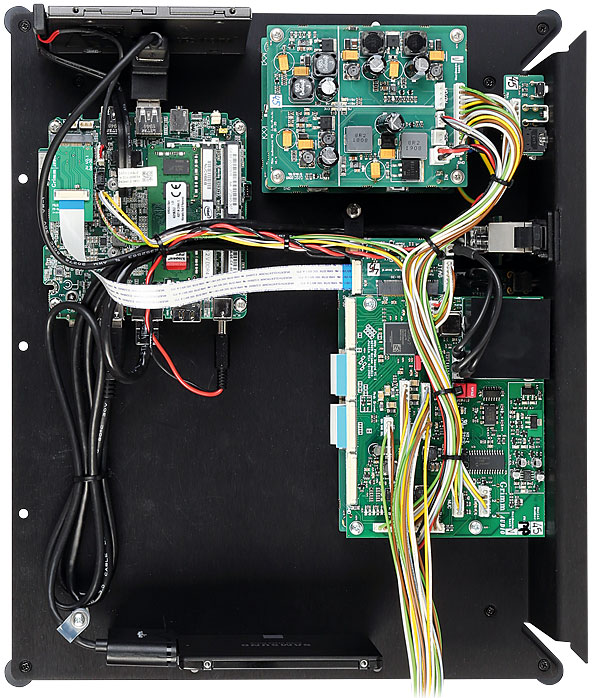
If the Mola Mola DAC impressed us in 2019 then now, fed from the MU1, it really came into its own. It was, quite simply, easier to listen deeper into mixes, with detail previously obscured made explicit and easy to discern. This was as true with the finer nuances of the percussion on 'Six Blade Knife' from Dire Straits' debut album [Vertigo UIGY-9032] as the textures of the instruments captured on the Andrew Manze/Rachel Podger/Academy of Ancient Music recording of Bach's concertos for solo and double violins [Harmonia Mundi HMM807155].
Clock This...
The focus, space and the three-dimensional soundstaging proved as breathtaking as it was involving – with a track such as The Dodge Brothers' 'Mr Jones' [The Sun; Weeping Angel DB1003], it was thrilling to hear the sound build from the stamps and handclaps of the opening, with each instrument joining in with superb character, all wrapped in the warm ambience of Sun Studios, Memphis.
Even with a dense mix such as ZZ Top's 'La Grange' [Tres Hombres; Warner Bros download, n/a cat. no.], the combination does a masterful job of maintaining information in each instrumental line, bringing the listener even closer to the performances. The same is true with a complex orchestral recording such as the Bernstein/NYPO reading of Holst's 'Jupiter' [The Planets; Sony Classical SS 87981], in which the rich textures of the instruments combine with the finest details of the percussion to winning effect.
And the USB output? Well, albums such as the Holst and the Bach afforded an opportunity to compare the direct DSD feed via USB with Grimm's proprietary PCM downsampling and reclocking via AES3 where, as already suggested, the company's approach seems entirely justified. So, whereas the resampled/reclocked output via the AES3 connection has all the characteristics mentioned above, the direct DSD feed to the DAC sounded rather thin and papery by comparison, with less fullness and body to instruments and vocals.
It may seem counter-intuitive that a downsampled version should sound better, but it's testament to the quality and undoubted innovation of the code and clock that ultimately feeds the MU1's balanced AES3 digital output.
Hearing it makes clear just what the engineers were trying to achieve. That the design has managed so much more, not only justifies the existence of the MU1 as a digital source, but also proves that a DAC is only as 'good' as its partnering digital front-end.
Hi-Fi News Verdict
Tempting though it may be to think 'but it's just a computer and some storage', Grimm Audio's MU1 is all about delivering the best possible digital data to your DAC. To that end, this is an entirely convincing 'transport' solution, and is capable of sparkling results. The 'analogue/digital' thing may be a blind alley, but the MU1 still delivers one of the most musical sounds I've heard from digital to date.


